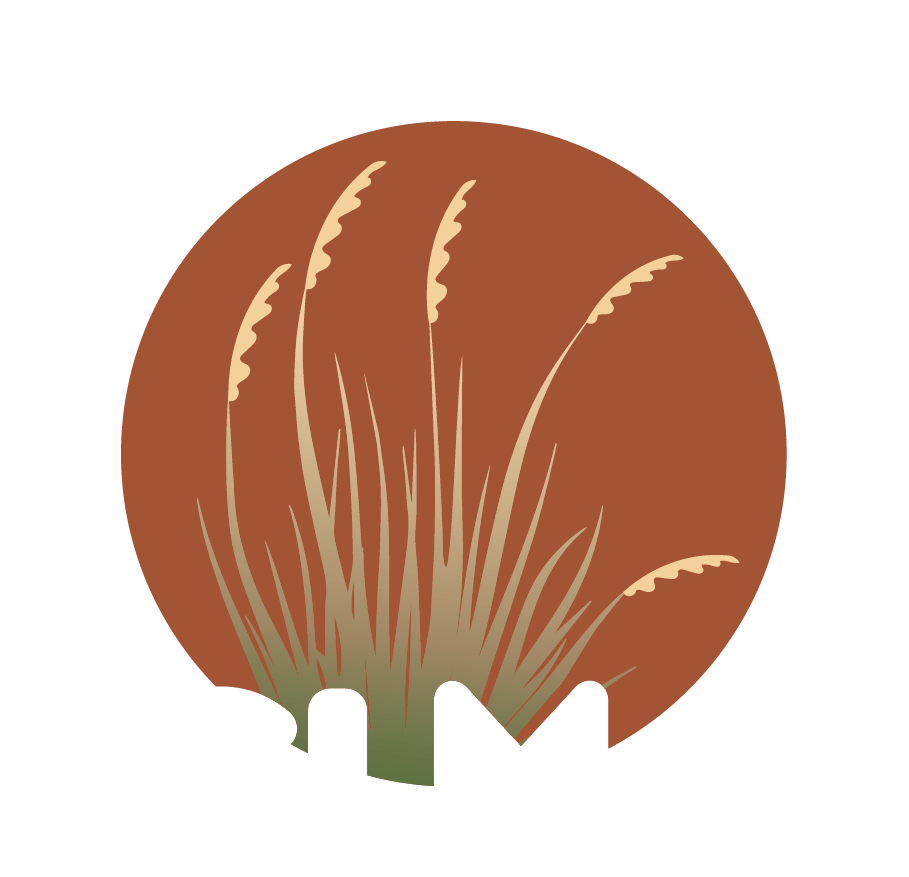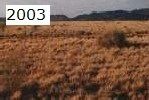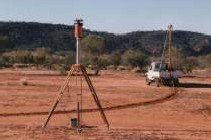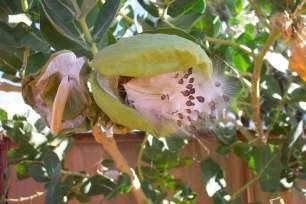History
The Centralian Land Management Association (CLMA) was formed in 1988 by a group of Alice Springs pastoralists, with support from the local branch of the Northern Territory Cattlemen's Association.
The fledgling group developed a constitution, appointed an executive committee, and became an incorporated community group in 1990.
Membership is open to all pastoral lessees and/or land managers in central Australia.
The CLMA was formed to foster sound land management practices within the local pastoral industry for a productive and sustainable future. The first step was to identify the issues that needed to be addressed to achieve the practical aims of the group. These issues were:
- Feral animal control - particularly rabbits
- Weed control
- Erosion control – associated with tracks, fencelines & off-road activity
- The need to develop a factual database of pastoral condition.
Meanwhile, the National Farmers Federation and the Australian Conservation Foundation prompted the Federal government to declare 1990-1999 the Decade of Landcare. Some funding became available to assist new landcare groups to establish and the CLMA received funding for a part-time coordinator (Bill Prior, a retired pastoral manager). The group then decided to apply for funding to demonstrate large-scale rabbit control. The need for technical experience was recognised and Bill Prior retired in favour of Bob Millington taking on the job (in April 1990). The rabbit project known as `Needlebush’ was funded and rabbits were controlled over a 300 km2 area. The project showed that practical on-ground work was the best way to get pastoralists involved in Landcare.
In 1992, a Landcare Planning Workshop was held where members re-affirmed the original four issues as priorities along with planning at the property and regional level. As a result, the first attempt at a regional strategy for extensive grazing lands was made.
Two large field days were held in 1992-93 to present latest technologies and practical demonstrations. Also in 1993, a series of three demonstrations on laser surveying and ponding techniques was run by the NSW Soil Conservation Service. Members were so impressed that they invested $70,000 to set-up a vehicle mounted laser plane. This equipment has since been used regularly on a cost-recovery basis.
The opportunity to develop a database on pastoral condition was taken in 1993-95 when Geoff Cunningham re-surveyed 150 sites that had been established 30 years earlier during the 1960’s drought. Cunningham identified 5% of land types that had not recovered fully and needed native perennial plants to be re-introduced. A rehabilitation project was subsequently undertaken.
In 1994 the CLMA appointed a rabbit project officer. A questionnaire survey of landholders and a review of literature led to a best practice manual. Drought Landcare funding in 1995 enabled CLMA to rip 17,000 rabbit warrens over 291 km2 north-west of Alice Springs. Drought Landcare funding also enabled the CLMA to develop a weed control program.
Funding in 1994-95 enabled the CLMA to appoint a soil conservation officer to operate the laser truck. Hundreds of kilometres of ponding and diversion banks were accurately surveyed and constructed to slow the flow of water across the landscape and enable plants to re-establish. From 1995-1998 CLMA ran a series of three field days to demonstrate best practice road location/construction and rehabilitation. In addition, Meat & Livestock Australia funded a ponding bank management demonstration that showed the value in fencing ponded areas for the first two rains to aid plant establishment and growth. A practical training workshop for indigenous managers was conducted on Alcoota station in 1997.
In late 1995 rabbit calicivirus escaped onto the Australian mainland from island field trials. The CLMA established eight sites in the region to monitor the impact of the virus. These sites were later incorporated into the national rabbit calicivirus disease (RCD) monitoring program. Monitoring was funded until 1998 and has continued in a limited form after that with member support.
In 1996 the CLMA developed a vacuum seed harvester mounted on a quad-bike and established the first native species seed store in central Australia. The seed store enabled CLMA to offer pastoralists an alternative to buffel grass. The seed collected was used in soil conservation projects including rehabilitation trials in the three land systems earlier identified by Cunningham.
In 1998 CLMA received funds to support the NT Government Weeds Branch to remove Athel Pine from the Finke River. The infestation was recognised as the worst in Australia. Over 400 km of river has been cleared and work is continuing to progress downstream thanks to the NT Government and the Defeating the Weeds Menace Initiative.
The CLMA also conducted two projects concerned with assessing and monitoring population trends of threatened species on pastoral lands, namely Ptilotus aristatus and the black-footed rock-wallaby.
In 1999, the CLMA commenced a 3-year ponding bank/weed control/seed collection project to help address the needs of members. Bob Millington retired at the end of 1999 but continued to manage the finances of the group on a voluntary basis until 2002.
With no funding support for a coordinator after the Decade of Landcare, the CLMA struggled for three years without an appointed coordinator. In 2000 the CLMA was funded to rip rabbit warrens to capitalise upon the success of RCD and ensure long-term rabbit control. Monitoring of RCD impact was conducted at three sites.
From 2001-03 the `Centre Land Watch’ project encouraged interested pastoralists to monitor the health of their country and consider the implications for management.
Funding for the coordinator position recommenced in 2003, principally to have pastoral input into the NT Integrated Natural Resource Management Plan. Between 2003 and 2006 the CLMA conducted a 3-year Environmental Management Systems project with 15 stations. A major weed project (treating parkinsonia, rubberbush, noogoora burr and castor oil plant) has also been operating in the Sandover and Bundey River catchments since 2003.
In 2004-05 the CLMA developed the Central Australia Grazing Land Management training package under the umbrella of the Meat & Livestock Australia EGDE Network program. This project was particularly notable in that it was the first GLM training package to be developed by a community group rather than a government agency. Between 2005-7 the CLMA has delivered a soil conservation project and has continued to have a paid coordinator in place. Over this time, four of our members have also been successful in obtaining Envirofunds to tackle weeds and to fence a significant wetland.
In 2005 the CLMA joined with the Desert Knowledge CRC, the NT Dept of Primary Industries and CSIRO to form the Central Australian Grazing Strategies Partnership. This major project is measuring the economic, environmental and management outcomes of three different grazing strategies in the region. Two of these grazing trials were conducted on member properties. In another partnership with the NT Dept of Primary Industries, the CLMA produced a colour book – the “Central Australian Grass Guide” which was distributed to all pastoralists in central Australia.
In October 2013 an Influential Women's Workshop was run which resulted in the formation of the Desert Poppies networking & personal development group. (see Our Work page for more info).
Between 2005 to 2019 the CLMA has assisted more properties with gaining EMU activities, heavy machinery tickets for station staff and personal development all without any outside funding for a co-ordinator. Since 2020 the CLMA has been a volunteer-only run organisation, seeking partnerships & support where possible with organisations like Landcare NT, the NTCA and Territory NRM.
We welcome any feedback from members, stakeholders and like minded organisations as to how we can continue this important work.
The CLMA is grateful for the funding support it has received from a variety of funding bodies and
the expertise provided by NT agencies over the years.
The CLMA has won seven NT Landcare Awards and two National Landcare Awards and
continues to enjoy a very high level of membership.







